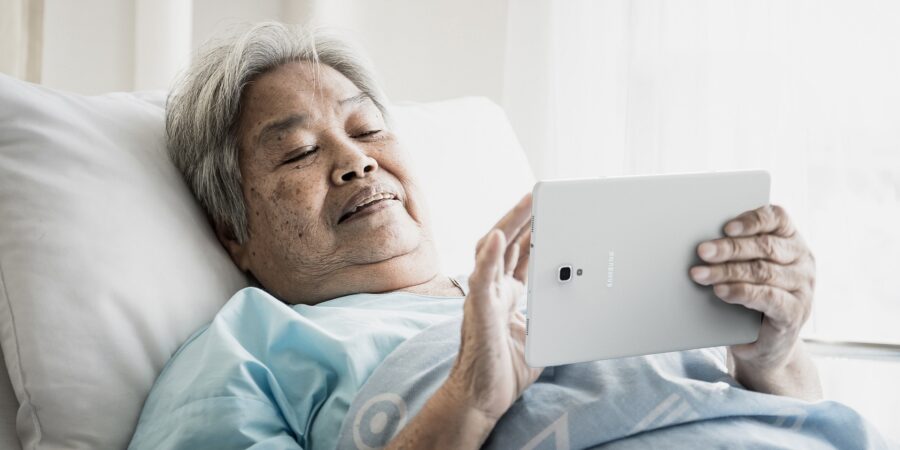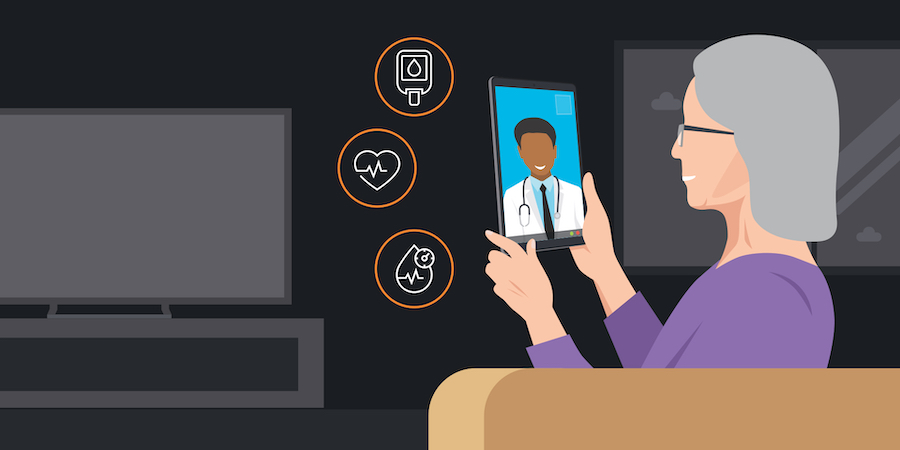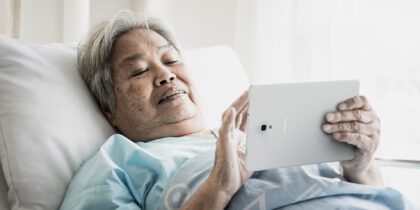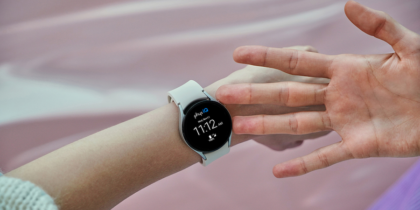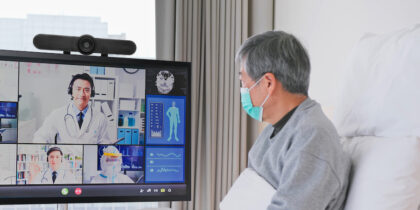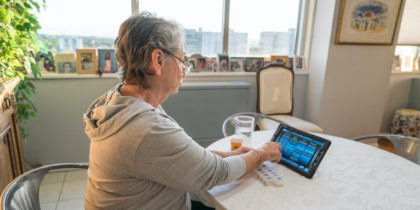Healthcare workers provide the backbone of a healthy, functioning medical system. And during times of crisis, they work overtime to provide life-saving care to everyone who comes to them for help. But the hospitals and healthcare systems they work in are having their limits tested, their capacities stretched thin. This problem is magnified by COVID-19, but it’s not unique to it. In fact, the shortage of U.S. medical resources is longstanding. The Association of American Medical Colleges has estimated there will be a shortage of 130,000 physicians and 260,000 registered nurses by 2025.
Fortunately, digital healthcare tools, including telemedicine solutions, can help address these challenges. During turbulent times, telemedicine can even serve as a form of triage, allowing noncritical patients to be treated remotely while reserving hospital resources and even emergency room space for those in most dire need of care.
Across the country, telemedicine has emerged as an effective alternative to in-person healthcare. According to Cleveland Clinic, about 59 million Americans currently live in rural areas with shortages of primary care physicians, which makes seeing a doctor in person — for any reason — expensive and tedious. For many, a virtual appointment can provide more efficient, cost-friendly care. The same goes for patients who may be too sick to expose themselves to the viruses and bacteria prevalent in hospitals. For physicians who are already stretched thin, virtual visits can lessen the financial impact of patient no-shows and allow primary care providers to practice without additional personnel, says Forrester Research.
Better patient outcomes
Telemedicine doesn’t just save time, money and resources. It can also improve patient health outcomes. The California Telehealth Resource Center has found that telehealth support to intensive care units reduces mortality rates by 15 to 30 percent, as the technology enables medical specialists to virtually consult patients in remote and underprivileged hospitals. For those with chronic illnesses, home health monitoring via telemedicine services reduced hospital visits by as much as 50 percent, according to the American Hospital Association. And the Veterans Health Administration reported that telehealth services in their post-cardiac arrest care program led to a 51 percent reduction in hospital readmissions for heart failure. The data is clear: Telemedicine leads to a healthier medical system, as well as healthier patients.
One telemedicine innovator is Vivify Health, which has developed a remote patient monitoring platform that runs on tablets and smartphones. Vivify can integrate a patient’s electronic medical records (EMR) with data captured via Bluetooth to provide real-time information directly to physicians and care teams. Physicians can monitor their patients while they recover at home, saving time and money and reducing risk of exposure.
Telemedicine works. It works so well, in fact, that Forrester Research has predicted that virtual care will exceed 36 million visits in 2020 alone. And the government recently expanded access to telehealth services through Medicare and Medicaid, so the number of telehealth visits can only be expected to rise as more and more Americans reap the benefits.
More flexible workflows
Today’s digital healthcare solutions go beyond telemedicine and remote patient monitoring.
In acute cases where hospital visits are absolutely necessary, solutions like Equiva streamline care coordination. On Equiva’s customized, secure tablets, primary physicians, infectious disease experts and other specialists can communicate with each other through HIPAA-compliant videoconferencing, as well as consult with patients and their family members — offering clinicians the workflow flexibility they need to properly care for growing patient populations.
How to build a successful remote patient monitoring program
Discover solutions and best practices that transform patient experience and improve health outcomes Download Now
But workflow flexibility alone isn’t enough. The status quo for many clinicians is still untenable; they spend two hours on administrative tasks for every one hour they spend on clinical care. Solutions such as ReadyDock act as a chemical-free docking device that rapidly disinfects medical tablets and devices, which can harbor thousands of germs per square inch. These solutions have digitized what was once laborious, manual work, providing control over the disinfection process and saving hospital staff valuable time.
Across the continuum, digital health solutions are relieving pressure on an increasingly overburdened and at times under-resourced medical system. We see today how these solutions aren’t just crutches in times of crisis, but essential tools that support our healthcare workers year-round.
With Samsung’s healthcare solutions, you can elevate the patient experience, streamline clinical communications, and vividly bring your brand to life. Get your free guide to creating a mobile-first hospital by modernizing clinical communications with smartphones.
